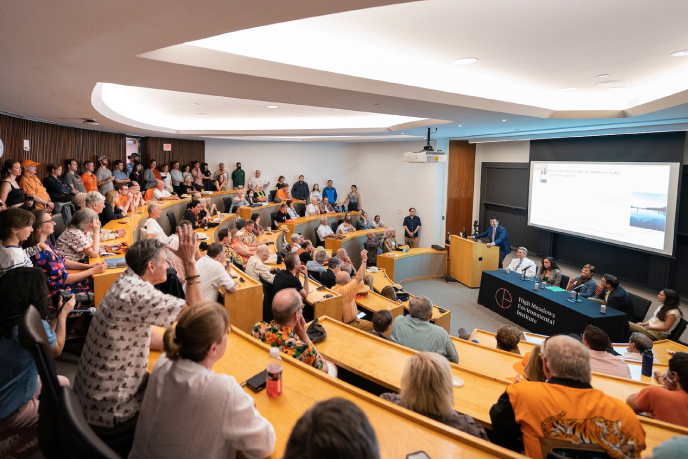How global warming is drying up the North American monsoon
The North American monsoon that brings summer rains to the southwestern United States and northwestern Mexico is facing a dramatic reduction, according to researchers from Princeton University and the National Oceanic and Atmospheric Administration. The researchers — who included Gabriel Vecchi of the Princeton Environmental Institute — used a new, high-resolution climate model that corrects for persistent sea-surface temperature biases.
Researchers have struggled to model accurately the changes to the abundant summer rains that sweep across the southwestern United States and northwestern Mexico, known to scientists as the “North American monsoon.”
In a report published Oct. 9 in the journal Nature Climate Change, a team of Princeton and National Oceanic and Atmospheric Administration (NOAA) researchers have applied a key factor in improving climate models — correcting for sea surface temperatures — to the monsoon.
The report’s authors include Salvatore Pascale, an associate research scholar in atmospheric and oceanic sciences (AOS); Tom Delworth, a lecturer in geosciences and AOS and research scientist at NOAA’s Geophysical Fluid Dynamics Laboratory (GFDL); Sarah Kapnick, a 2004 Princeton alumna and former AOS postdoc who is currently a research physical scientist at GFDL; AOS associate research scholar Hiroyuki Murakami; and Gabriel Vecchi, a professor of geosciences and the Princeton Environmental Institute.
When they corrected for persistent sea-surface temperature (SST) biases and used higher-resolution data for the regional geography, the researchers created a model that accurately reflects current rainfall conditions and suggests that future changes could have significant consequences for regional water resources and hazards.
“This study represents fundamental science relating to the physics of the North American monsoon, but feeds back onto weather to climate predictions and building resiliency for our water supply and responses to hazards,” said Kapnick. “I am excited about this leap forward to improve our models and for the potential applications that they will provide in the future to society.”
Their results highlight the possibility of a strong precipitation reduction in the northern edge of the monsoon in response to warming, with consequences for regional water resources, agriculture and ecosystems.




